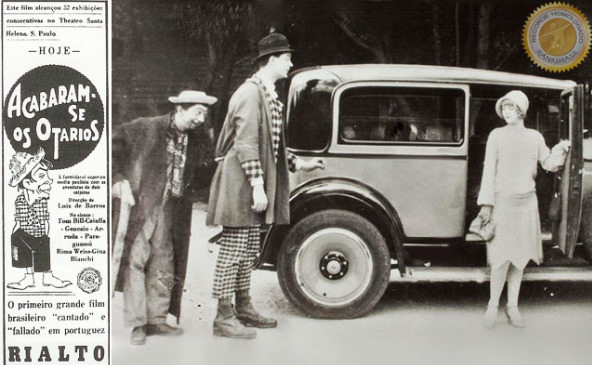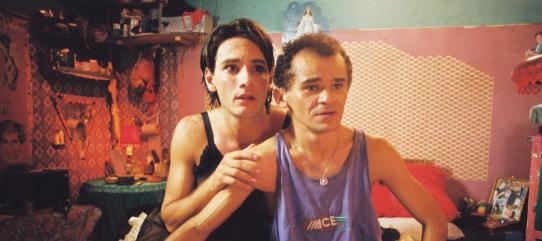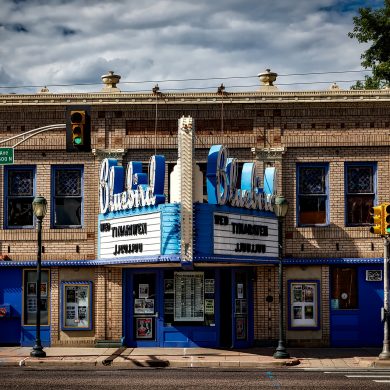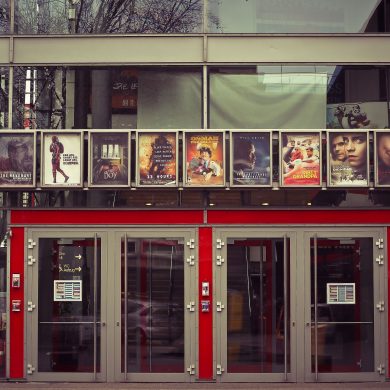The eventful history of Brazilian cinema, from new craze to near-abandonment and a return back to success.
Cinematography developed in Brazil in the late nineteenth century. It increased its presence over the years in the main cities of the country. Today, its influence remains great on the socio-cultural life of Brazil.
The very first cinematographic projection took place in 1896 in Rio de Janeiro. Soon, the local film industry was established, based primarily on adaptations of literary news or news items that had been the mainstay of newspapers. The great evolution then came from North America with sound film. Cinema would then become a strong social element, used to decipher the culture of Brazil.
Discover the story of Brazilian cinema!
Explore the history of cinema in Brazil
Cinema that is close to reality
The first Brazilian talking film “Acabaram-se os otários” by Luiz de Barros came about in 1929, two year after the historic release of the Jazz Singer in the United States, the very first film made about the history of cinema. In the early 1930s, film production took place in Rio and Saõ Paulo, the two most industrialized cities. The popular success of films such as the works of Humberto Mauro, was short – lived however, as Brazilian studios soon gave up their own identity to imitate that of an invasive Hollywood.
Minor films would soon become commonplace as real local cinema would gradually fade away in favor of movies akin to the American giant. It was not until the fifties before Brazilian cinema saw the re-emergence of an innovative power, the Novo cinema.

New wave Brazilian cinema
Young post-war filmmakers would have followed what was happening in Europe, Italian neo-realism and the new French wave would especially guide their work. Nelson Pereira Dos Santos, Alex Viany and Glauber Raucha were the most prolific directors in the fifties, but international recognition only came in 1962 when Anselmo Duarte won the prestigious Palme d’Or at Cannes in 1962 with The Keeper of Promises (O pagador de Promessas).
Similar to its European luminaries, proponents of cinema Novo wanted to leave the frozen setting of the studios and describe real life on the street and cities. Its creed: “A camera in hand, and an idea in mind.” This wave of fresh air would, unfortunately, be confined to the darkness by the arrival of the dictatorship in 1964.
Like many Brazilian artists who are known for their love of freedom, filmmakers mainly preferred exile to enslavement. A movement called “underground” would be born from this state of affairs but suffering from multiple crises, Brazilian cinema would wither to a complete disappearance from screens. It was only in the 90s that a new movement would appear and reinstate the nobility of an art still appreciated in the country.
During this decade, new institutions were created, such as the Secretariat for Audiovisual Development. Budgets (non-existent until then) were allocated for the production of films and audio – visual law were put in place to offer more freedom to the directors. Indisputably, the renaissance of Brazilian cinema received a favorable reception at the international level, but just as much, the difficulty for it to find distribution networks in its own country, which was subjected to the influence of the American blockbusters, condemned it to a somewhat restricted public.

Contemporary cinema in Brazil – revealing social issues
Despite its relatively small amount of productions, contemporary Brazilian cinema finds a sympathetic echo among moviegoers around the world in the 2000’s, owing to successes in describing the reality of a country still struck by inequality and social misery. The language used is often firm, even violent, but the message is clear. The city of God (Cidade de Deus) by Fernando Meirelles, Carandiru by Hector Babenco, and Central do Brasil by Walter Salles are the main representatives of this new Brazilian wave. And the recent Aquarius by Kleber Mendonça Filho, awarded at several international festivals, perpetuates this creative trend that supporters hope will be long-lasting and prosperous.















